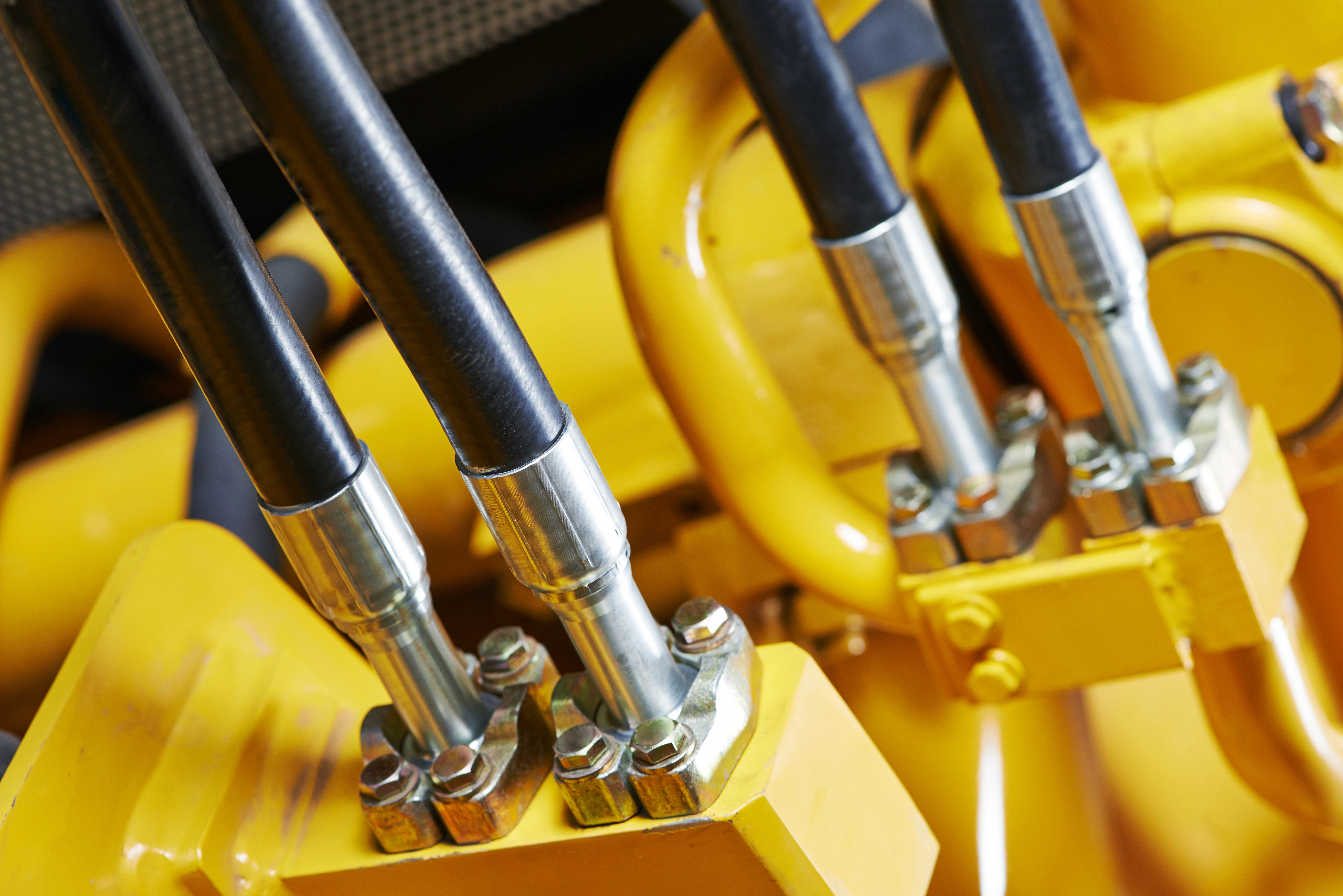Brass or Stainless Steel in High-Pressure Hydraulics
An Introduction to Selecting Brass or Stainless Steel in High-Pressure Hydraulics
In the complex world of hydraulic systems, material selection is a critical decision—especially when dealing with high-pressure environments. Among the many options available, brass and stainless steel are frequently considered. Each has its own set of advantages and limitations, and understanding how they perform under pressure can make all the difference in system reliability and safety. This article explores the key factors that influence the choice between these two materials in high-pressure hydraulic applications.
The Critical Role of Materials in Hydraulics
Hydraulic systems operate under extreme conditions, and the materials used must be able to endure not only the pressure but also the wear and tear over time. The right material ensures system integrity, reduces maintenance costs, and improves overall performance. In high-pressure settings, even small design flaws or material weaknesses can lead to catastrophic failures. Therefore, choosing the right material isn’t just a technical challenge—it’s a matter of safety and efficiency.
Brass in High-Pressure Applications: Pros and Limitations
Brass has long been a popular choice in hydraulic systems due to its good corrosion resistance and ease of machining. It's commonly used in low to medium-pressure systems where cost-effectiveness is a priority. However, when it comes to high-pressure applications, brass begins to show its limitations. Its lower tensile strength compared to stainless steel makes it more prone to deformation and failure under extreme stress. While some specialized brass alloys can handle slightly higher pressures, they are generally not suitable for the most demanding hydraulic environments.
- Brass fittings are typically used in low to moderate pressure hydraulic systems.
- Standard brass components usually have a PSI rating between 1,000 and 3,000.
- Specialized brass parts may handle up to 5,000 PSI, but they are rarely used in ultra-high-pressure scenarios.
Stainless Steel: The Preferred Choice for High-Pressure?
Stainless steel, on the other hand, is known for its exceptional strength, durability, and corrosion resistance. It's often the go-to material for high-pressure hydraulic systems, especially in industries like aerospace, marine, and heavy manufacturing. Its ability to maintain structural integrity under extreme conditions makes it an ideal choice for applications where failure is not an option. Additionally, stainless steel can withstand a wide range of temperatures and corrosive environments, further expanding its versatility.
- Stainless steel is widely used in medium to high-pressure hydraulic systems.
- Standard stainless steel components can handle up to 5,000–6,000 PSI, and sometimes much more.
- High-grade stainless steel can withstand pressures exceeding 10,000 PSI in specialized applications.
Comparative Analysis: Brass vs. Stainless Steel under Pressure
When comparing brass and stainless steel in high-pressure situations, several key factors stand out:
- Tensile Strength: Stainless steel has significantly higher tensile strength, making it better suited for high-pressure environments.
- Corrosion Resistance: Both materials resist corrosion, but stainless steel performs better in harsher, more varied conditions.
- Longevity: Stainless steel components tend to last longer under pressure, reducing the need for frequent replacements.
Real-World Applications and Case Studies
Looking at real-world examples helps illustrate the practical differences between brass and stainless steel. In industrial hydraulic cylinders, marine equipment, and deep-sea exploration tools, stainless steel is the preferred material due to its resilience. Meanwhile, brass is still used in less demanding systems such as automotive or HVAC applications where pressure levels are relatively low. Case studies from various industries highlight how each material meets specific needs based on application requirements.

The Cost-Benefit Equation
While brass may offer a lower initial cost, stainless steel can provide greater long-term value. In high-pressure systems, the risk of failure is higher, and the consequences can be severe. Investing in stainless steel might seem expensive upfront, but its durability and reduced maintenance needs often result in cost savings over time. For budget-sensitive projects, brass can still be a viable option—but only if the pressure demands are within its limits.
Conclusion: Making the Right Choice
Choosing between brass and stainless steel for high-pressure hydraulic systems requires careful consideration of technical specifications, environmental factors, and cost. Stainless steel is the clear winner for high-pressure and high-stress environments, while brass remains a practical choice for lower-pressure applications. Ultimately, the best material depends on the specific needs of the system and the operating conditions it will face.
Ensuring Optimal Performance
No matter which material you choose, regular maintenance and proper installation are essential to ensure long-term performance. Understanding your system’s pressure requirements, environmental exposure, and expected lifespan will help you make an informed decision. Whether you're working with brass or stainless steel, the goal is always the same: to build a safe, efficient, and reliable hydraulic system.
Frequently Asked Questions
How does the cost of brass compare to stainless steel in hydraulic systems?
Answer: Brass components are typically less expensive upfront than stainless steel. However, stainless steel’s longevity and lower maintenance needs can make it more cost-effective over time, especially in high-pressure environments.
Is brass or stainless steel better for high-temperature applications in hydraulic systems?
Answer: Stainless steel is better suited for high-temperature applications. It maintains its structural integrity and mechanical properties at elevated temperatures, unlike brass, which can soften and deform under heat.
Injection Molding Barrel,Injection Screw And Barrel,Injection Molding Screw And Barrel,Injection Moulding Screw Barrel
Ningbo Jinyi Precision Machinery Co., Ltd. , https://www.jinyi-machinery.com